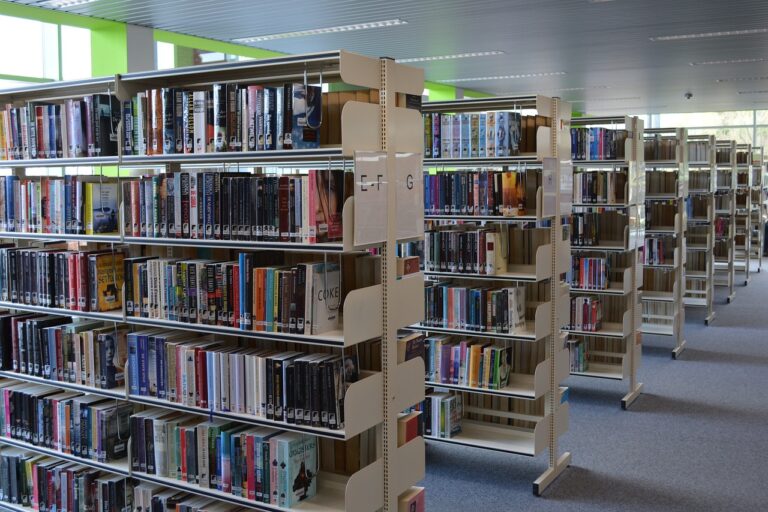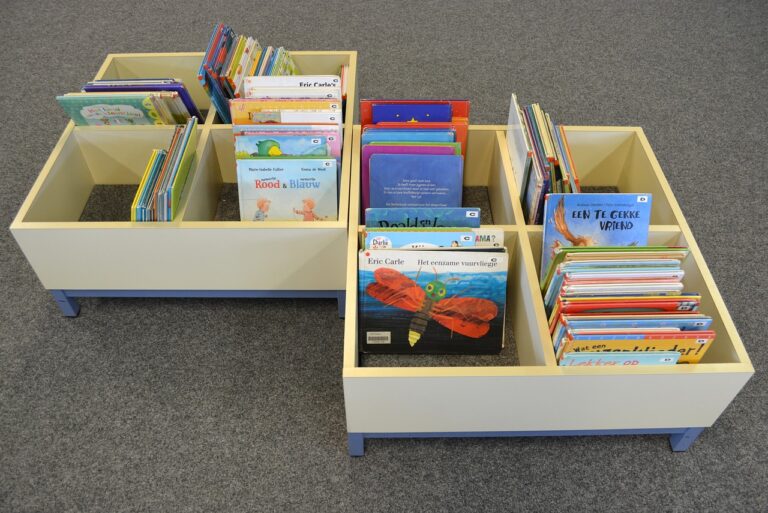Analyzing the Impact of Standardized Testing on Education Equity
Standardized testing in education has a long and complex history that dates back to the early 20th century. The roots of standardized testing can be traced to the United States, where it was initially implemented as a means to measure the academic achievement of students on a common scale. Over time, standardized tests became a central component of the education system, with assessments such as the SAT and ACT being widely used for college admissions.
As standardized testing gained prominence, its use expanded beyond college admissions to include state-mandated assessments in K-12 education. These tests were intended to provide a measure of student achievement and school performance, as well as to hold schools accountable for the quality of education they were providing. Despite the widespread adoption of standardized testing, it has remained a topic of debate and controversy in the education world, with critics arguing that it oversimplifies the complexities of student learning and perpetuates a narrow view of success in education.
The Relationship Between Standardized Testing and Socioeconomic Status
Standardized testing has long been criticized for its correlation with socioeconomic status. Students from higher-income families tend to have access to better resources, such as test preparation materials and tutoring services, which can give them an advantage in performing well on standardized tests. On the other hand, students from lower-income families may not have the same level of support and resources, putting them at a disadvantage when it comes to standardized testing.
This disparity in access to resources can further widen the achievement gap between students of different socioeconomic backgrounds. Research has shown that students from lower-income families consistently score lower on standardized tests compared to their wealthier peers. This perpetuates the cycle of inequality in education, where students who are already disadvantaged by their socioeconomic status are further marginalized by standardized testing practices.
How Standardized Testing Perpetuates Educational Inequality
Standardized testing has long been a subject of debate in the education system. While proponents argue that it ensures accountability and uniformity in assessing students’ knowledge and skills, critics point out its role in perpetuating educational inequality. The emphasis on standardized testing often narrows the curriculum focus, leading to a teaching approach centered on test preparation rather than holistic learning experiences. This narrow focus can disadvantage students from underprivileged backgrounds who may not have access to the same resources and opportunities to excel on these tests.
Moreover, standardized tests are often criticized for their bias towards students from higher socioeconomic backgrounds. Research has shown that students from more affluent families tend to perform better on these tests, reflecting the disparities in educational opportunities and resources. This perpetuates a cycle of inequality, where students from disadvantaged backgrounds are further marginalized and denied equal access to quality education. The reliance on standardized testing as a measure of academic success fails to account for the multifaceted factors that contribute to a student’s overall learning and potential.
What is the history of standardized testing in education?
Standardized testing in education can be traced back to the early 20th century, when it was first implemented as a way to measure student achievement and hold schools accountable for their performance.
How does socioeconomic status relate to standardized testing?
Research has shown that students from higher socioeconomic backgrounds tend to perform better on standardized tests compared to their peers from lower socioeconomic backgrounds. This is often attributed to factors such as access to resources, quality of education, and support systems.
How does standardized testing perpetuate educational inequality?
Standardized testing can perpetuate educational inequality by placing students from disadvantaged backgrounds at a disadvantage, as they may not have access to the same resources and support systems as their wealthier peers. This can lead to gaps in achievement and opportunities for further education and career advancement.







